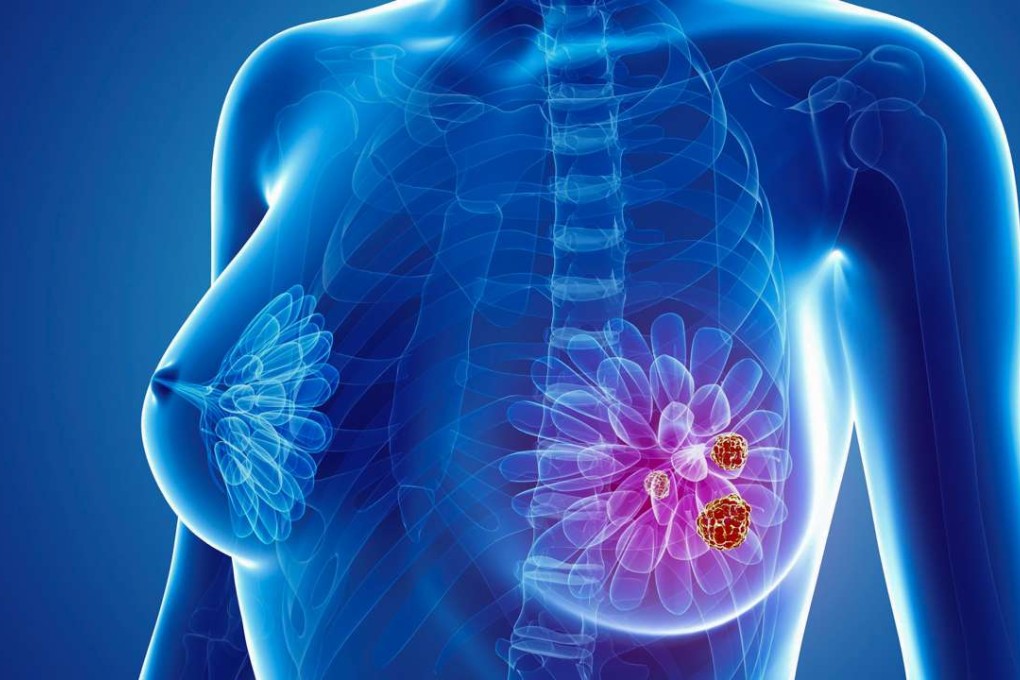Hong Kong’s 15,000 cases of breast cancer complication made worse by lack of awareness
Hong Kong lacks resources to deal with lymphoedema: swelling of the arm or leg following the removal of lymph nodes, most often as part of cancer treatment

You’ve had breast cancer, completed your treatment, and you’re getting on with your life. Then one day, months or years later, the arm on the side where you had surgery feels achy and heavy and seems swollen. It doesn’t go away, so you see a doctor and discover you’ve got lymphoedema. It won’t kill you, but neither is there a cure. It’s with you for life.
People can be born with lymphoedema, or it can be caused by breast cancer treatment and other surgery. To put it in context, within 15 years of having lymph nodes removed during surgery, 25 per cent of breast cancer patients will have lymphoedema; within 15 years of having surgery and radiotherapy, 45 per cent will have the condition.
If caught early, it can be treated with specialised physiotherapy, exercise and wearing a compression sleeve. Left untreated, it can cause unsightly and debilitating swelling of the limb and hardening of the skin. The problem is that very few people know of this common result of breast cancer treatment.
The lymphatic system is a network of tiny vessels that lies just below the skin and keeps the immune system functioning, flushing away toxins and infections. When the network gets damaged, it needs help to keep pumping, or oedema, or swelling, occurs.

“Most people don’t know they have a lymphatic system,” says Nathan Bridgeman, a lymphoedema physiotherapist whose clinic is in Wan Chai. “In Hong Kong, awareness of the condition is low, and there are only a handful of private practitioners here.”